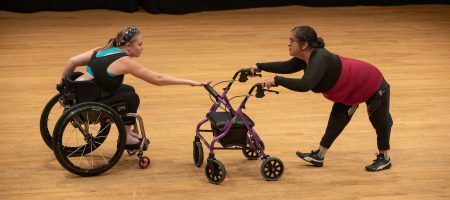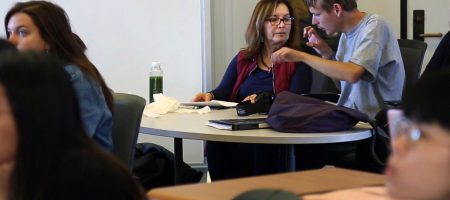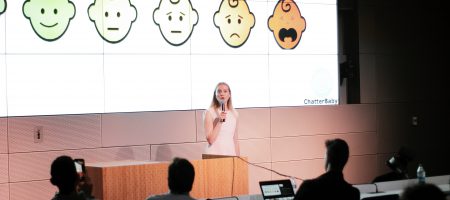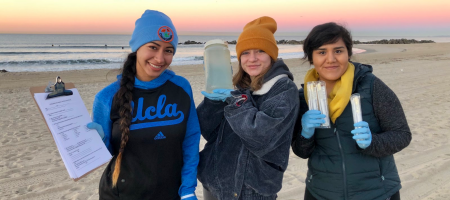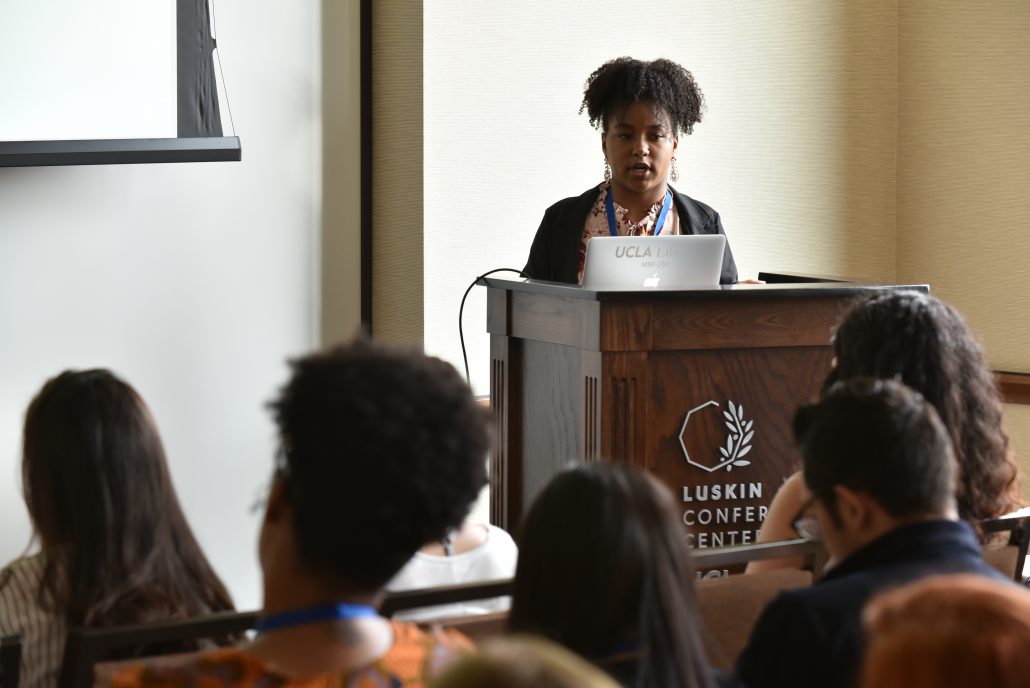 Research conducted by the Academic Advancement Program (AAP) has found that students in AAP have higher graduation rates compared to the overall underrepresented minority student population at UCLA – evidence that AAP is helping to close achievement gaps between underrepresented minority students and non-underrepresented students.
Research conducted by the Academic Advancement Program (AAP) has found that students in AAP have higher graduation rates compared to the overall underrepresented minority student population at UCLA – evidence that AAP is helping to close achievement gaps between underrepresented minority students and non-underrepresented students.
AAP provides academic support for first generation, low-income and students who have been historically underrepresented in higher education through mentoring, workshops, research programs, counseling, scholarships, peer-facilitated learning, and more.
AAP’s Assessment, Research and Evaluation team analyzed graduation rates, breaks and stops in enrollment, and GPAs of AAP students of freshmen standing that entered UCLA in fall 2012 (a total of 989 students). Of the students in the 2012 cohort, 70 percent graduated in four years, 87 percent graduated in 5 years and 89 percent graduated in 6 years.
The five-year graduation rate of AAP students was only 5 percent lower than that of non-underrepresented students. This is a smaller gap than the general underrepresented minority student population (including both AAP and non-AAP students), in which the five-year graduation rate was 8 percent lower than non-underrepresented students.
At the six-year graduation rate, AAP students again performed better than the general underrepresented minority population. The graduation rate was just 3 percent shy of the non-underrepresented population, compared to 7 percent lower among the general underrepresented minority population.
Charles Alexander, associate vice provost for student diversity and director of AAP, said AAP has been on a quest to evaluate and assess its students’ progress and graduation rates for the last four years. The data will help identify areas in which AAP can provide academic and student support services in a more targeted manner.
“I believe the increase in graduation rates for underrepresented minorities have to do with quarterly monitoring of academic progress by our counselors and being able to provide support services such as peer learning, emergency crisis support, and financial assistance,” he said.



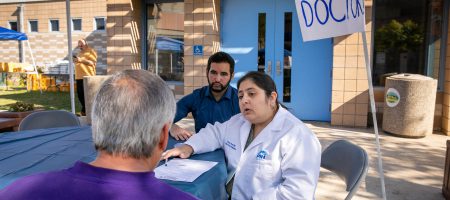


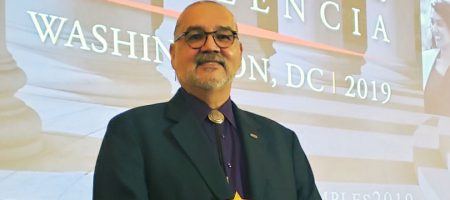
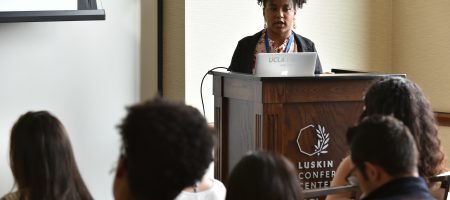
 Research conducted by the
Research conducted by the 